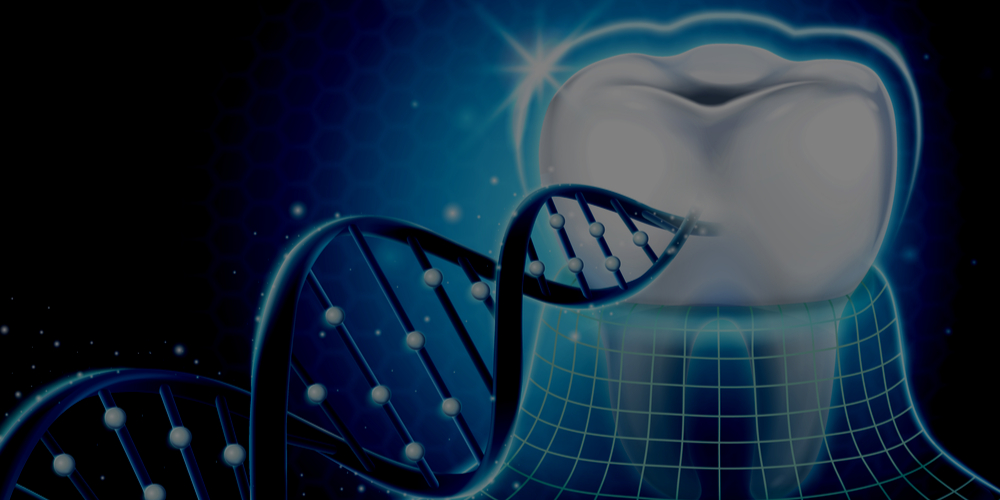Missing of one or more teeth is perhaps our most common congenital malformation. More than 20 % of us lack one or more wisdom teeth (third molars). More than five percent of us lack one or more second premolars or upper second (lateral) incisors. Lack of a large amount of teeth, though, is much more rare.
Hypodontia refers to congenital lack of a few teeth. The population frequency is over 5 % (missing of wisdom teeth not included)
Oligodontia refers to congenital lack of more than six teeth (wisdom teeth not included). The population frequency is low, especially for cases when absence of teeth is the only malformation (“isolated” cases). Most often oligodontia appears as part of some congenital syndrome that affects several organ systems. These include
- ectodermal dysplasias, i.e. defects of skin, hair, nails, teeth and ectodermal glands
- oral clefting (cleft lip, cleft palate, or cleft lip and palate)
- Rieger syndrome, Char syndrome etc
Anodontia refers to complete lack of teeth, which is very rare.
Tooth agenesis, also used as partial or selective tooth agenesis, may refer to all of the above.
Most commonly missing teeth are the third molars (wisdom teeth), second premolars and permanent upper second (lateral) incisors.
Most rarely missing teeth are the upper first (central) incisors. Missing of lower second (lateral) incisors, all canines, first premolars and first molars or any of the deciduous teeth is also rare.
Shapes and positions of the existing teeth may also be abnormal in association with missing teeth. The features often seen include “peg-shaped” upper second incisors, taurodontism and malpositions (see publications).


